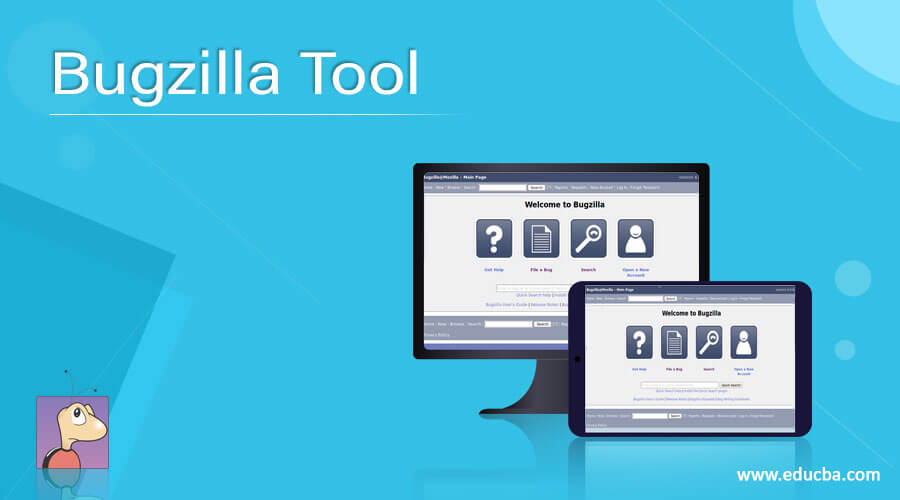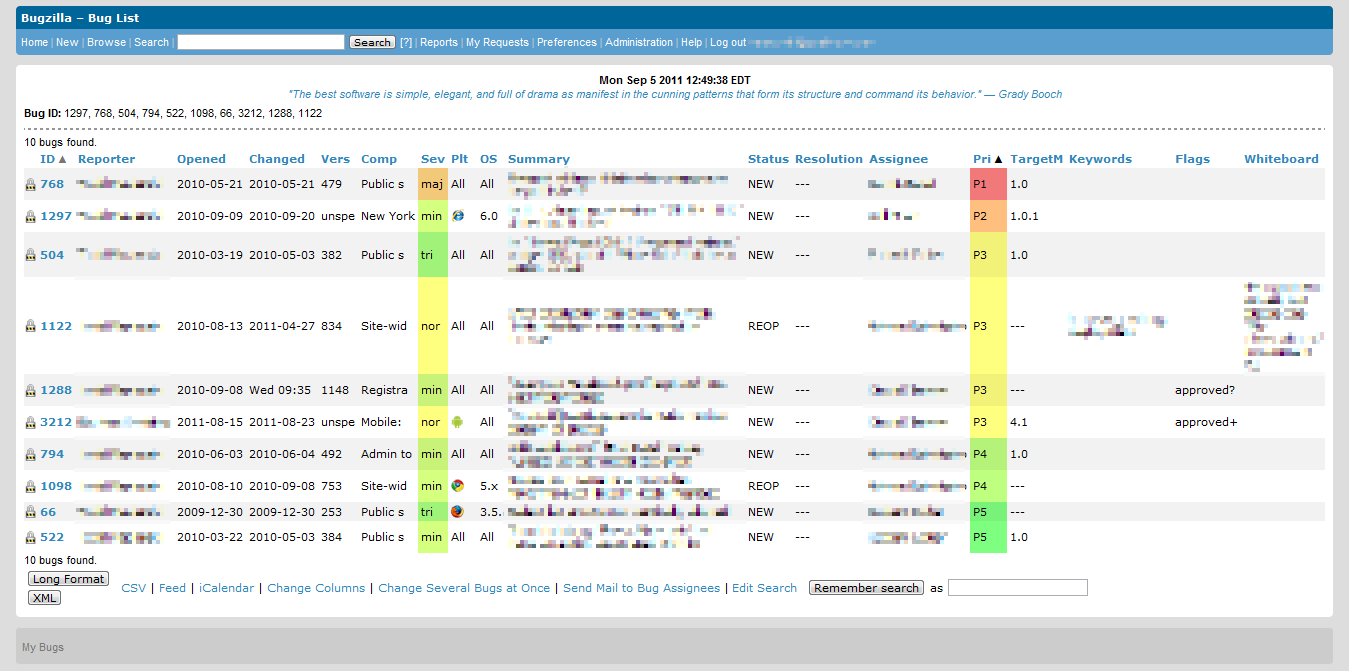

#BUGZILLA REVIEWS ARCHIVE#
A tool like Archive for archiving and checking emails is a must. There are more and more emails, and even if split into multiple mailing lists, it's still too much. Irregular emails will not be ignored rude guys will even be kicked out. In the absence of tools to guarantee the process, the community has gradually developed a set of strict mail etiquette and format specifications. In the mailing list, all users are equal. (1) Maillist as the core of collaboration

These old-fashioned open source projects have gradually introduced tools such as SVN/Git and Bugzilla from the use of RCS and CVS, but the characteristics of collaboration around the mailing list remain unchanged.
#BUGZILLA REVIEWS CODE#
Most operating systems have built-in Diff /Patch tool, which makes the communication of code mainly based on Email Patch. What was it used for? Therefore, the most commonly used Email was developed into Maillist and became the core collaboration tool for the entire development team. The first-generation open source collaboration model had almost no tools that met its own special needs in the early days. Second, the first generation of open source collaboration model In a sense: this promotes the development of collaboration tools in the open source community, which in turn makes the open source R&D collaboration model evolve at a much faster rate than the internal evolution of the enterprise. Since everything is open, not only is the code visible to everyone, but the collaborative model of the open source community is also exposed. Therefore, in order to coordinate a group of disorganized hackers to jointly develop high-quality open source software, there must be more sophisticated means. Although the open source community also has "leaders", and often even "spiritual leaders", they have no violent means, nor economic means, or even administrative means. In the open source community, things are a little different.
#BUGZILLA REVIEWS SOFTWARE#
With the increasing complexity of software and the increasing number of participants in software development, the auxiliary software for team collaboration also began to increase, and then we found that tools not only limit the behavior patterns of individuals, but further limit the collaboration patterns of teams.

The phenomenon of the integration of developer and user identities makes the development of R&D tools, which can be described as "changing with each passing day", "emerging one after another", and even "competitiveness".

Therefore, they are not only limited by the tools, but are often inspired to develop tools that are more convenient for them. In the field of R&D tools, we have observed some interesting phenomena: because the developers of software R&D tools are also the users of the tools. There is a saying that goes well: "With a hammer in your hand, everything you see is like a nail." However, from another perspective, tools are also limiting our capabilities, and even limiting our behavioral patterns and thinking patterns. Once we have tools, our abilities will be greatly increased. In the absence of any other tools, we can only rely on our own limbs. It is said that what distinguishes humans from beasts is that they use and even invent tools.


 0 kommentar(er)
0 kommentar(er)
